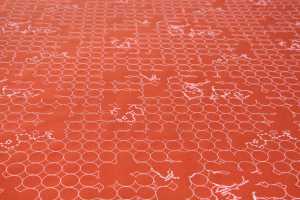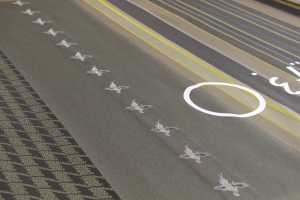What is design? What is craft? What is decoration? How can we strengthen the relationship between people and products? These questions underlie practically all the works of the Dutch designer Hella Jongerius (1963). She does not seek to give definitive answers to these questions, but explores the many possibilities.
In the 1990s Jongerius introduced ‘craft’ imperfections and individuality to the industrial production process. She explores the ‘misfits’, the individual deviations between different examples of a design and the visible traces of the hand of the maker. Jongerius also uses historical motifs and narrative decoration in her work. Sometimes the decoration becomes so important that it almost frees itself from the flat surface to take on an autonomous three-dimensional form. Research into colour is central to her most recent work, in which Jongerius seeks irregularities and a layering of perception. The qualities she is looking for are to be found not in the standardised colour palette used by industry, but in paintings.
Hella Jongerius is internationally regarded as one of the most important designers of her generation. Jongeriuslab was based in Rotterdam until 2008. Since then Hella Jongerius has lived and worked in Berlin.

Hella Jongerius
Vleuten-De Meern 1963

















